Electric vehicles (EVs) have transformed the automobile business. Carmakers are spending more on EV technology to meet the demand for eco-friendly and safe mobility. This article will explore some of the most intriguing EV models as we anticipate an exciting year for the electric car market post-2024. In the realm of EVs, technology giants like Audi are gradually supplanting traditional industry leaders such as Apple and BMW.
Expected: Early 2024 Acura ZDX
The Acura ZDX is the Japanese luxury automaker’s contribution to the shift towards electric vehicles. The performance figures for this attractive midsize crossover are rather good. It shares its underpinnings with the Cadillac Lyriq and is built on GM’s Ultium battery architecture. The ZDX boasts an astonishing 325-mile range thanks to its battery. Twin motors and all-wheel drive provide the Type S 500 hp, while a single motor and rear-wheel drive give the A-Spec 340 hp. Standard air suspension, adjustable dampers, and upgraded brakes make the Type S ride smoother and safer. Acura believes its high-end electric cars will sell more with a starting price of $60,000.

Giulia EV Alfa Romeo (Anticipated: 2025)
Alfa Romeo, famed for manufacturing high-performance automobiles, is taking a risk by electrifying the classic Giulia. The electric Giulia is meant to continue the legacy of Italian power and innovation begun by the gas-powered predecessor. The standard model will produce around 350 hp, making for a fun and exciting drive. The top-tier Giulia Quadrifoglio is said to have over a thousand horsepower, while the Veloce model stands out with its about eight hundred horsepower. The car has exceptional power ratings and can be charged quickly (up to 500 miles) because of its 800-volt, high-speed charging system. The dynamic combination of rapid performance and Italian flair is what fans of Alfa Romeo have come to expect.
Apple Titan EV (2026 is anticipated)
With the much-awaited Apple Titan EV, electronics giant Apple is joining the electric car industry. After over ten years of development, this car’s future has been unknown, but the most recent evidence indicates that it will eventually go on sale in 2026. Although Apple first investigated the idea of a completely automated car, the Titan EV is anticipated to include sophisticated autonomous features for highway driving. Apple is aggressively looking for an automotive partner to deliver the electric platform after the collapse of negotiations with Hyundai in 2021.
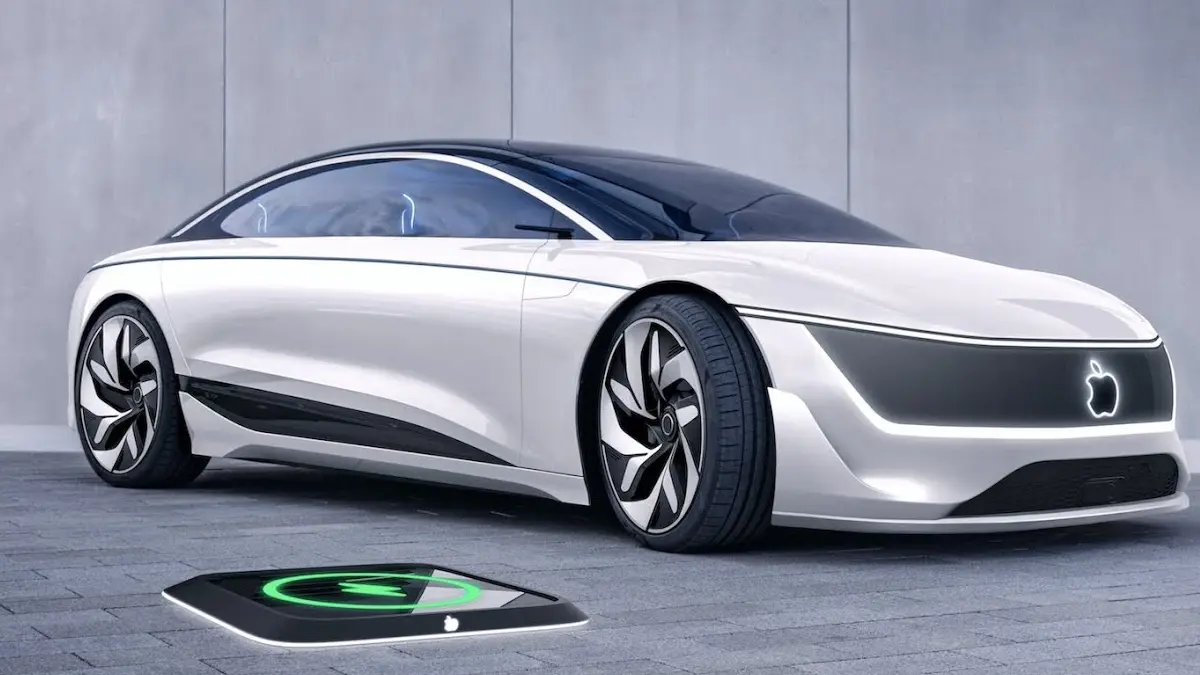
Every year, the corporation contributes around $1 billion to the Titan EV project. Apple is not the only digital giant thinking about getting into the car business; Sony and Honda recently collaborated to launch a new electric vehicle brand named Afeela, and a product that looks similar is scheduled to launch in 2026.
A6 e-tron Audi (Anticipated: 2023)
With the Audi A6 e-tron, renowned luxury carmaker Audi is joining the electric vehicle market. Audi claims that even though it’s still in the concept stage, it closely resembles the commercial version. This car is built on the scalable Premium Platform Electric (PPE) design, which allows for the creating of several EV vehicles by adjusting the length, height, and breadth. Two electric motors with a total output of 469 horsepower are included in the A6 e-tron concept vehicle. Faster charging times are also made possible by its 800-volt charging technology. For those who like driving electric cars, it promises to provide both luxury and utility with a 400-mile range on a single charge.
ETA for the Audi Q6 e-tron is 2024.
The Q6 e-tron, which sits between the Q4 and Q8 e-tron crossovers, is another addition to Audi’s growing portfolio of electric SUVs. It uses the PPE architecture, like the A6 e-tron, to improve performance and charging capabilities. With a predicted range of up to 315 miles, the Q6 e-tron is a good option for lengthy travels. It has an all-wheel-drive system with two motors, and the more powerful SQ6 e-tron variant has 482 horsepower. Positive feedback has been given to the prototype version for its quick acceleration and smooth, controlled ride. The 2025 Q6 e-tron will be produced the following year and offered to customers as an electric SUV in addition to the gas-powered Q5 in Audi’s portfolio.
The Electric Pivot by Bentley (Anticipated: 2025)
The well-known luxury vehicle manufacturer Bentley is changing dramatically by switching from its conventional portfolio of land yachts that get 15 mpg to a selection of totally electric vehicles. Bentley intends to launch a whole new model by 2030 to replace its current lineup, which includes the Bentayga, Flying Spur, Continental GT coupe, and convertible. Around 2025, the first replacements will signify a significant transition towards eco-friendliness and electric vehicles.
BMW i5 (Anticipated: End of 2023)
With the BMW i5, BMW is electrifying its renowned 5-series. A 335-horsepower motor propels the rear wheels of the entry-level eDrive40 model. Its 84.3-kWh battery should give it a range of about 300 miles. The top of the i5 series for customers looking for additional power is the M60 xDrive, which has a powerful 590 horsepower and a dual-motor all-wheel-drive setup. Nevertheless, the M60’s improved performance has a price: its 256-mile projected range is now shorter. With the eDrive40 model starting at $67,795 and the M60 at $85,095, respectively, electric cars are competitively priced in the luxury market.
BMW i5 M (2026) Expected
BMW intends to introduce the i5 M 2026 for people who need power and excitement. With its menacing 1136 horsepower, aggressive attitude, and fender flares, this high-performance version will surely be an absolute powerhouse. Capable of guided drifting and tank turns, the i5 M has a four-motor powertrain with innovative torque vectoring and brake-by-motor energy regeneration. Earlier this year, the more refined i5 premiered with active steering, high-performance batteries, and suspension tuned for the Nurburgring. But the i5 M seeks to go farther, sporting an internal drive control unit called the “Hand of God.” This version combines BMW’s technical prowess with electricity to provide an exhilarating experience.
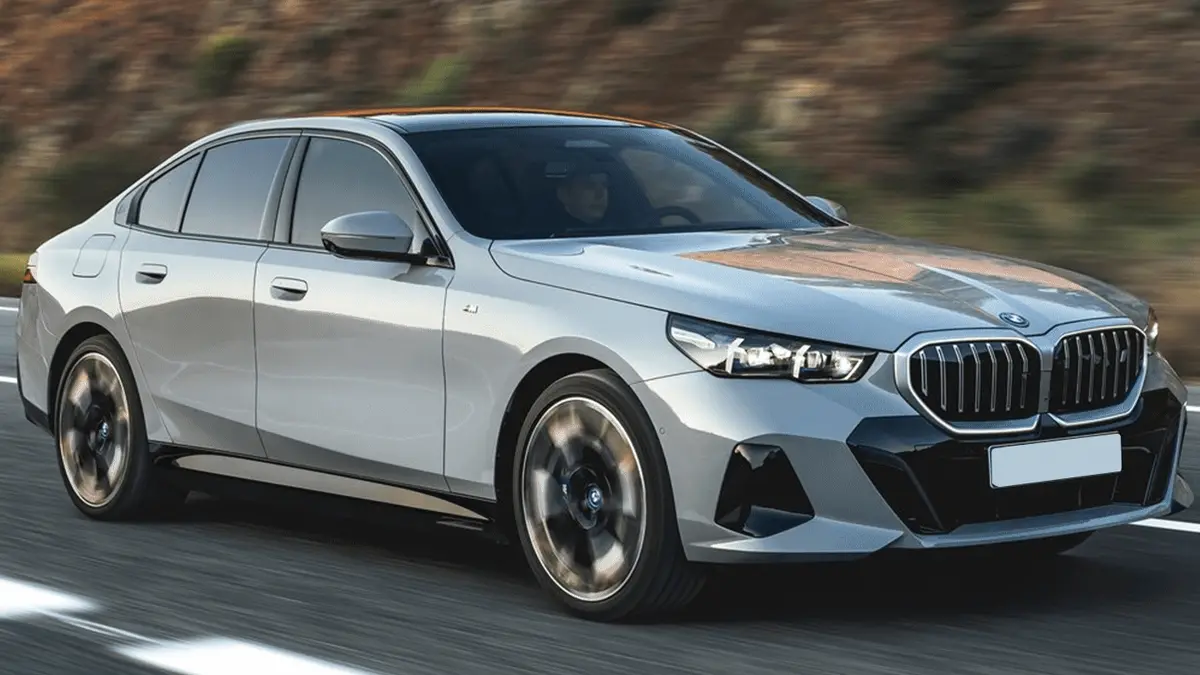
Buick Electra (2024) Expected
For its brand-new electric SUV, Buick, a company renowned for its ability to combine cost and flair, is bringing back the 1959 Electra moniker. The Electra E5, which is anticipated to resemble a Chevrolet Equinox size, is powered by GM’s Ultium battery technology. Under the hood, the car is expected to have 340 horsepower and a 300-mile range. As part of its ambitious intentions to electrify its entire portfolio by 2030, Buick expects the Electra E5 to be the first vehicle in this journey. Combining contemporary electric technology with Buick’s rich history, this car offers a promising balance between sustainability and flair.
Cadillac Celestiq: Early 2024 is anticipated
The company Cadillac, renowned for its innovation and elegance, will soon unveil the Celestiq, an opulent electric car that promises to redefine luxury. With a sticker price that exceeds $300,000, the Celestiq is marketed as an elite aspiration car. Each Celestiq is meticulously crafted by hand, allowing for customization to suit the specific needs of the buyer. Cadillac sees the Celestiq as a statement of performance and luxury, even though most people cannot afford it due to its exorbitant price. It is expected to have 600 horsepower and serve as a symbol of elegance and technology, demonstrating Cadillac’s determination to become the “Standard of the World once again.”
Granturismo Maserati Folgore (Anticipated: Late 2023)
With the GranTurismo Folgore, the renowned Italian carmaker Maserati is bringing the GranTurismo coupe to new heights. This electric wonder uses three electric motors producing 818 horsepower instead of the conventional V-6 engine. The GranTurismo Folgore can accelerate from 0 to 60 miles per hour in only 2.7 seconds because of its enormous power. The practical arrangement of the battery pack, which is fashioned like a dog bone and strategically positioned to save cabin space, is similar to that of the six-cylinder vehicle. For those who value Italian performance and design, the GranTurismo Folgore is an appealing alternative because of its anticipated 240-mile range from its 83.0 kWh battery.
EQG Mercedes-Benz (Anticipated: Late 2023)
With the EQG, Mercedes-Benz, best known for its legendary G-wagen, is giving its adored SUV an electric makeover. This all-electric G-wagen concept demonstrated the brand’s dedication to electric transportation at the Munich auto show in 2021. Although the EQG’s price, range, and horsepower are unknown, it is anticipated to include a motor at each wheel, allowing for four-wheel drive. Since few manufacturers have dabbled with off-road electric vehicles, the EQG is a distinctive product. With the elegance and performance credentials of Mercedes-Benz, the EQG is positioned to take on electric off-road vehicles like the GMC Hummer EV.
(Anticipated: Late 2023) Polestar 3
Polestar, a business noted for its modern flair and environmental sensitivity, will introduce the Polestar 3 SUV. The design language of this two-row SUV is reported to resemble a “grumpy spaceship.” It comes with two powertrains: a dual-motor version with 489 horsepower and a range of 300 miles and a performance version with 517 horsepower and a range of 270 miles is the other. The market should get it in the fourth quarter of 2023. Polestar is happy that the 3 is the brand’s first car made in the US. It will be built in South Carolina in 2024, along with the Volvo XC90 and S60. It employs a 107-kWh battery pack capable of receiving up to 250 kW of quick charging. Polestar’s commitment to design, sustainability, and innovation positions the Polestar 3 as an exciting entrance into the electric SUV market.
Spectre Rolls-Royce (Anticipated: Late 2023)
With the release of the Spectre, Rolls-Royce, the pinnacle of luxury in the automobile industry, is embracing electricity. This all-electric coupe, which shares a chassis with the Phantom sedan and Cullinan SUV, is expected to replace the V-12 Wraith Coupe. Although the Spectre’s 577 horsepower is remarkable, its projected driving range is just 260 miles per charge, which is not bad for a premium vehicle.
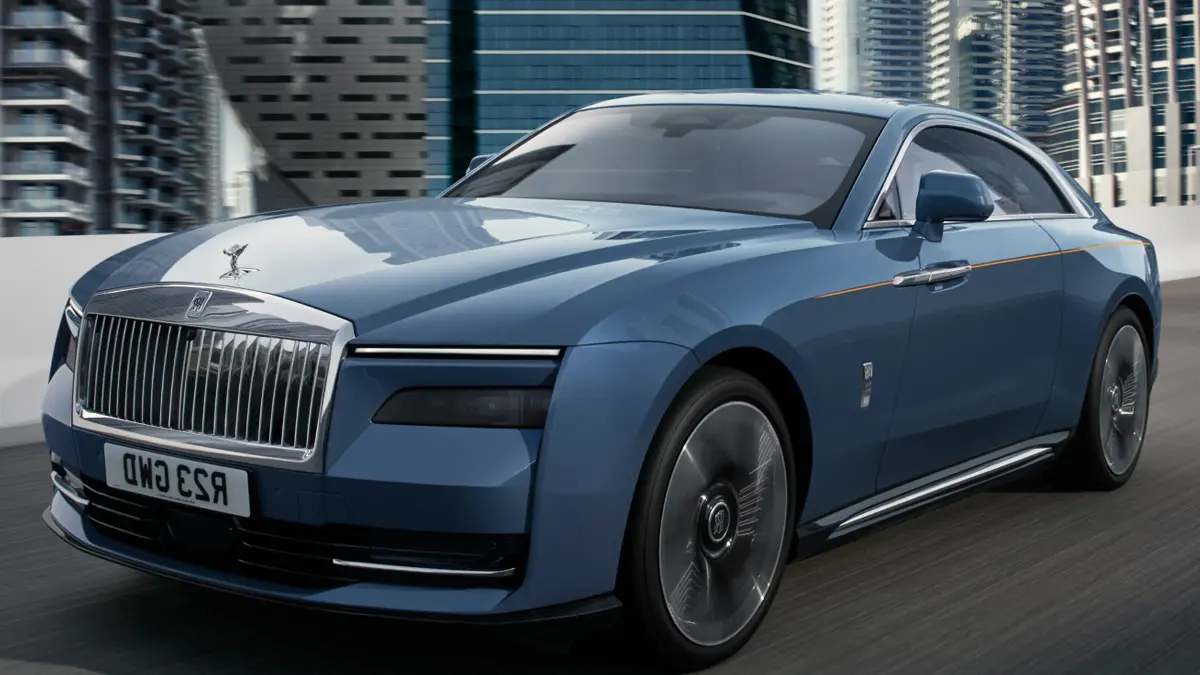
For lengthier journeys, however, Rolls-Royce’s customer base usually has plenty of alternatives. With its goal of fusing the elegance of Rolls-Royce with the advantages of electric power, the Spectre is anticipated to enter production by the end of 2023 and become a distinctive addition to the world of premium cars.
Volkswagen ID.7 (2024 is anticipated)
Volkswagen, a company renowned for its dedication to electric vehicles, is launching the ID.7. This four-door EV offers a clean and contemporary sedan appearance, virtually replacing the Passat. The ID.7 is predicted to have a single motor, rear-wheel drive setup and produce 282 horsepower with a range of around 300 miles on a 77.0-kWh battery pack. A bigger battery may be offered in other areas, indicating the possibility of all-wheel drive. With its roomy cabin, giant 15.0-inch touchscreen, and augmented reality head-up display, the ID.7 highlights Volkswagen’s dedication to contemporary convenience and technology.
Tesla Cybertruck (2024) anticipated
The Tesla Cybertruck, often the subject of curiosity and excitement, is about to go into production. Tesla CEO Elon Musk recently told investors that, despite delivery delays, mass production is anticipated to begin in 2024, with a few models perhaps leaving the assembly line before then. There are plans to release the Cybertruck with one, two, and three motor options, among other combinations. With distinctive features like a pass-through load floor, it is sure to make an impression. If the Cybertruck fulfills its prior claims, it may have impressive features and capabilities. A lot of people are interested in the Cybertruck, an electric truck that is one of a kind. It could help the market for electric cars.
There are three main forms of these new electric cars: speed, luxury, and affordable/aspirational. Customers will have more options than ever before as the electric vehicle industry expands, thanks to these vehicles. Future mobility will be more secure and environmentally friendly if this is implemented.
The Revolution of Charging
As the landscape for EVs changes, the infrastructure needed to accommodate these vehicles must be considered. These stations charge a vehicle’s battery from the outside. The direct current (DC) energy is generated by inverting alternating current (AC) power.
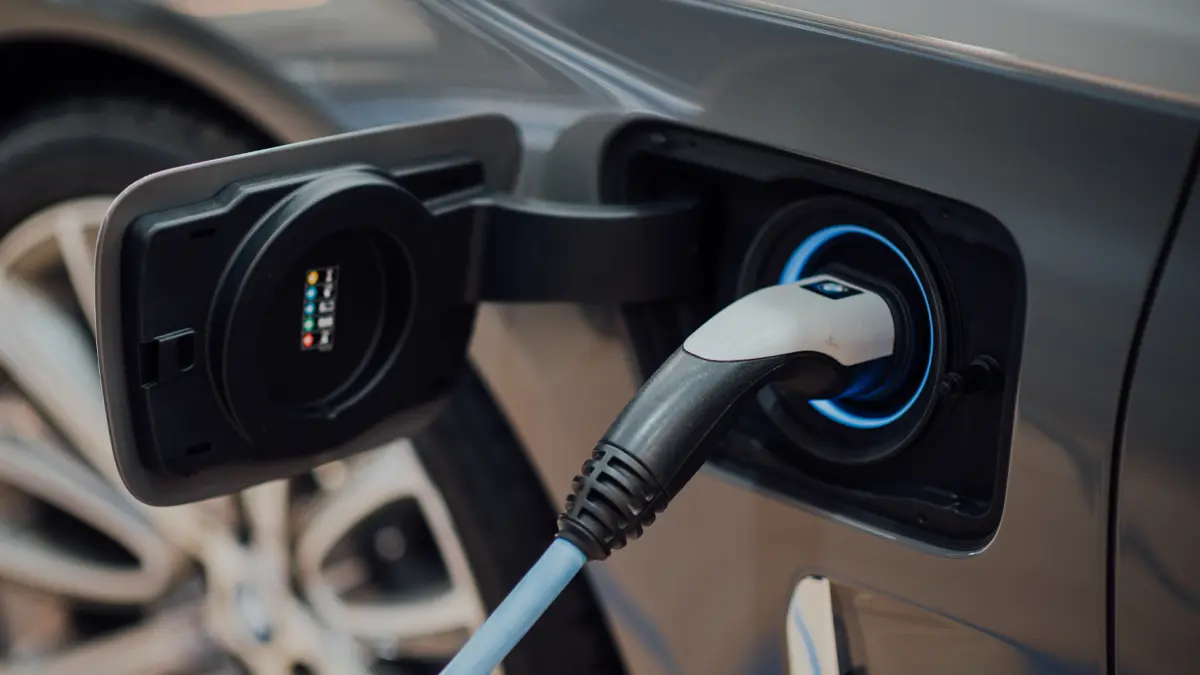
EV charger types
1. First-Class Chargers: Usually, people use these chargers at home or work. They have a modest charging capability when connected to a typical AC power outlet. They are not the quickest choice, but they help charge overnight.
2. Level 2 Power Supply: The preferred option for quicker charging is a Level 2 charger. Electric cars may charge more quickly because of their larger charging capacity than Level 1 stations. These are suited for everyday charging requirements and are often seen in public charging stations.
3. DC Fast Chargers: DC fast chargers are helpful when charging your electric vehicle quickly. These chargers are perfect for short top-ups or lengthy excursions since they can add up to 10 miles of range each minute of charging time. They are often seen near roads and in places where quick charging is necessary.
Charging Expenses
1. Public Charging Stations: The cost of a charging session at a public station might vary from Rs 100 to Rs 200. It’s the same as what it would cost to refill an automobile with petrol. When traveling long distances or for EV owners without access to home charging, public charging stations are essential.
2. Charging at Home: Home charging is often more cost-effective than charging at a public location. The cost of power in your area, the price might be anything from Rs 180 to Rs 500.
3. Unique Charging Plans: To further lower the cost of home charging, several utilities provide unique EV charging plans. These schemes generally encourage EV owners to charge their cars overnight when demand is lower by offering lower power prices during off-peak hours.
4. Solar Charging: You can even use pure, sustainable solar energy to charge your electric vehicle (EV) if solar panels are placed on your home. In the long term, this may result in significant savings on setting expenses and lowering carbon impact.
The Charger’s Future
With quicker chargers, wireless charging, and more accessibility, EV charging has a bright future. To support the expanding EV industry, automakers and governments throughout the globe are investing in infrastructure for charging EVs. Further advancements in battery technology are intended to decrease charging times and extend the range of electric cars, further increasing their suitability for daily use.
Infrastructure for charging electric cars will become increasingly necessary as they enter the market. Ultimately, this trend will make EV ownership even more accessible by advancing setting technology and expanding the charging station network.
The future of electric automobiles is promising, with the introduction of various attractive models in 2024 and beyond. The EV industry is developing rapidly, and consumers now have more alternatives than ever, thanks to luxury manufacturers like Rolls-Royce and IT giants like Apple. Electric cars are becoming viable and environmentally friendly due to technological advances and an emphasis on charging infrastructure. Electric vehicles are expected to reduce our carbon footprint and alter the automotive sector as we move towards a cleaner future.







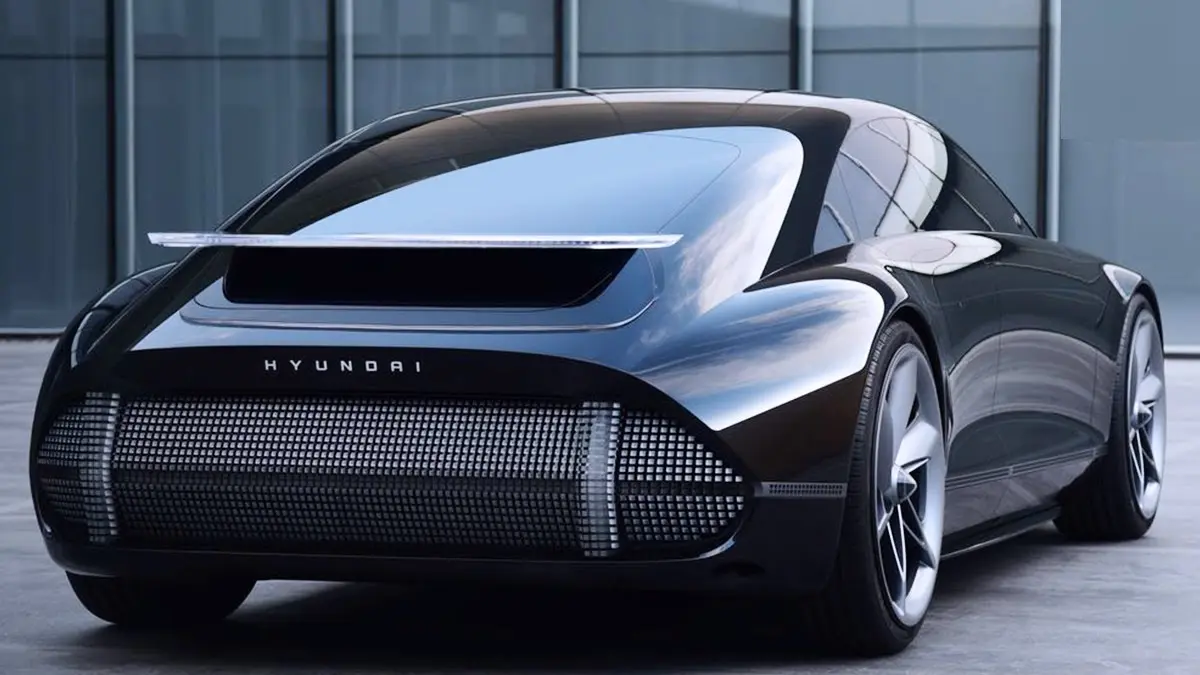










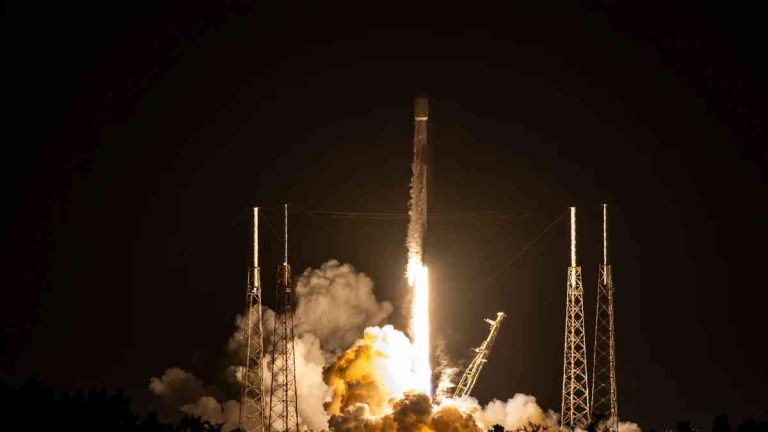



+ There are no comments
Add yours